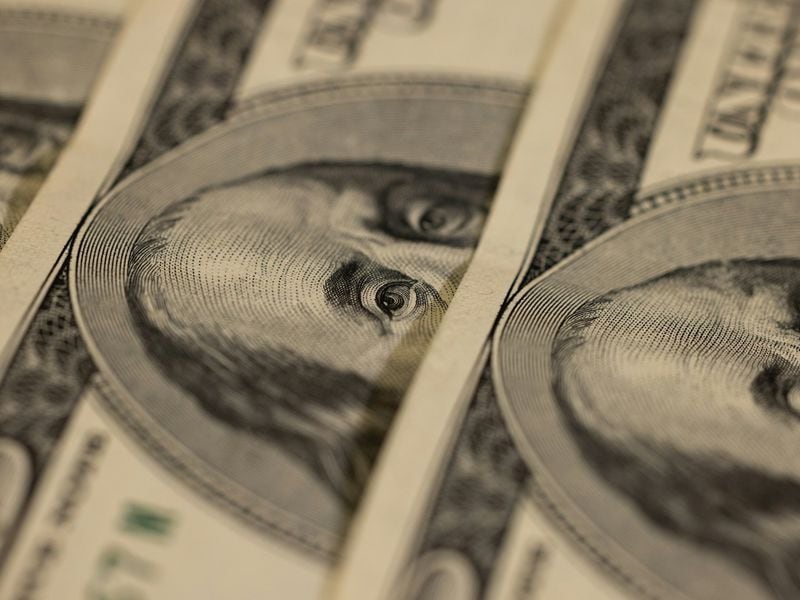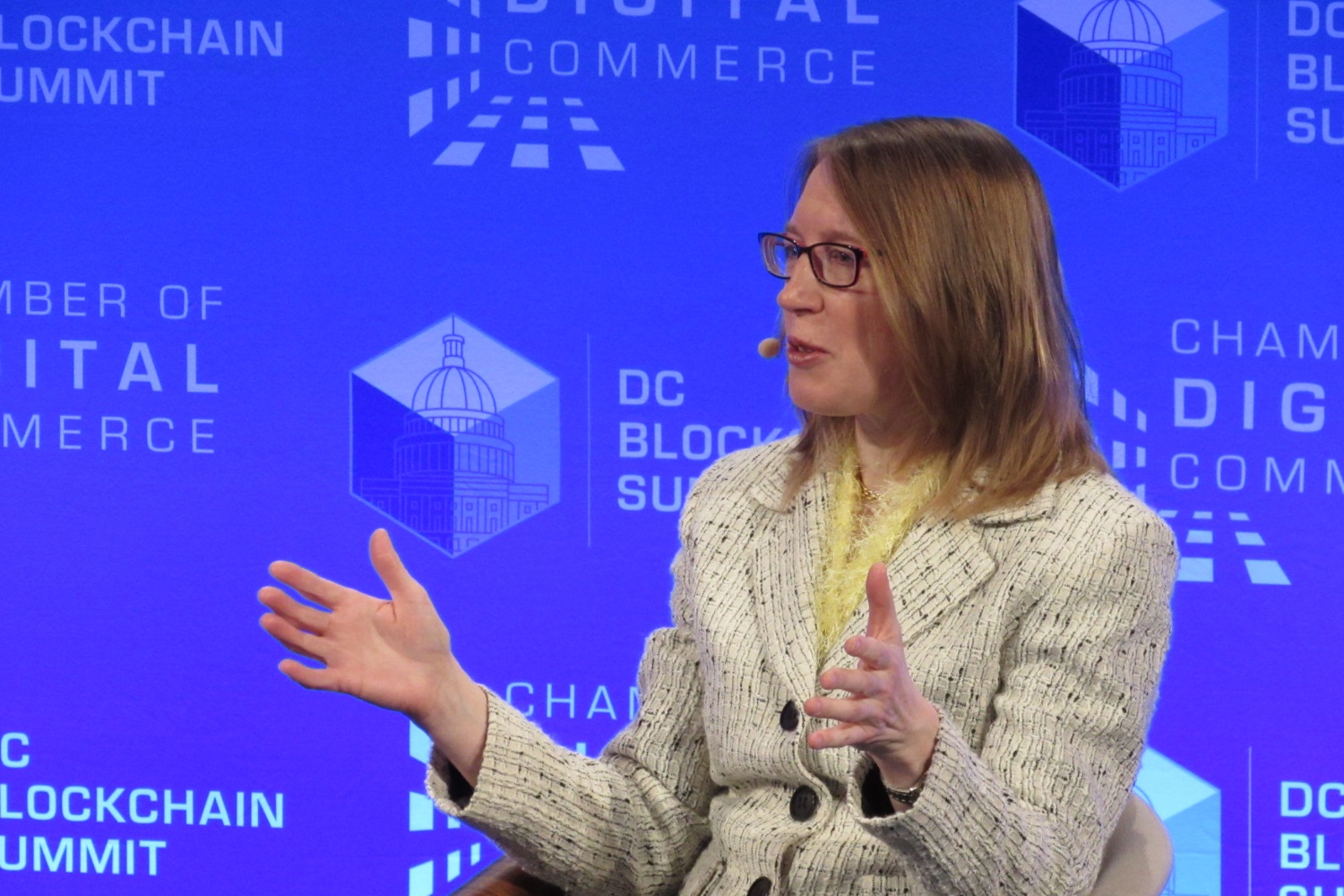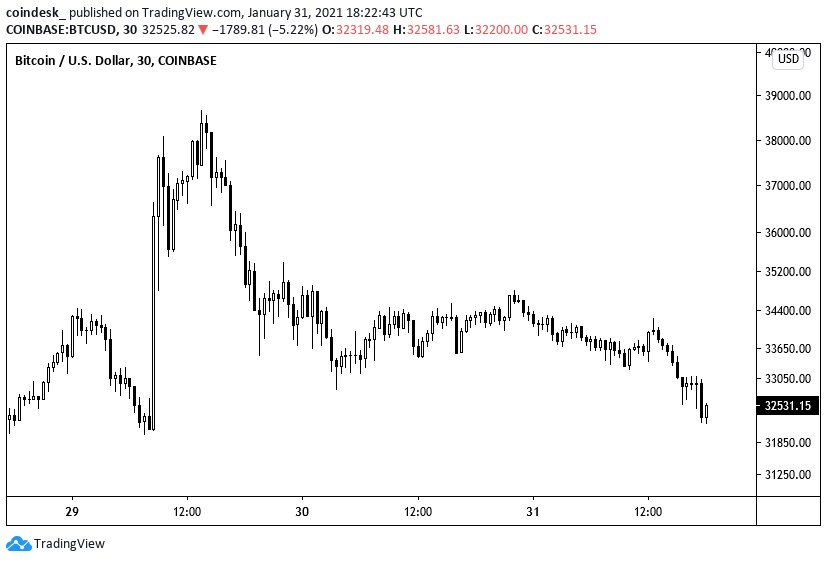Institutional Digital Assets: The Future of Finance Is Here
A “crypto year” is often said to pack one year of innovation into a time span that would normally take seven. Like dog years. That said, institutions don’t move in crypto years when adopting innovation. They test and slowly build behind the scenes and those projects are starting to bloom just like spring flowers and cherry blossoms.
The most recent headline was BlackRock, the world’s largest asset manager, joining the forward thinking business minds in launching a blockchain-based tokenized fund backed by U.S. Treasuries (BUIDL) and on a public blockchain to boot. Giants like Franklin Templeton, Hamilton Lane and Wisdom Tree have tokenized ‘40 Act funds. KKR, Apollo and Hamilton Lane have also tokenized private equity funds. Tokenization of the repo market and real cost shavings has been shown by JP Morgan. Societe Generale, HSBC and the European Bank have issued tokenized bonds. These are only a few.
Annelise Osborne is a speaker at
Consensus 2024 and the author of “From Hoodies to Suits: Innovating Digital Assets for Traditional Finance,” out in June and available for purchase now.
Many proof of concepts are being done like Citi, WisdomTree and Wellington’s collaboration in the private market space. Project Guardian brings together numerous banks and counterparties to revolutionize wealth management. Many institutions have experimented in settlement and clearing including the DTCC, SWIFT, BlackRock, Barclays, JP Morgan, Barclays, Citi and Vanguard. The list is more expansive but you get the picture.
Advances have been and are being made to capital market efficiency through the use of blockchain technology and digital assets. This is not a passing fad.
Let’s dive into two key use cases: 1. digital money or stablecoin and 2. the tokenization of traditional investments opportunities, often referred to as “real world assets” (RWA).
Stablecoin: Just like Lightning
Stablecoins are a cryptocurrency designed to have a “stable” value typically backed by a currency or bucket of stable assets. The backbone of capital markets is money and a stablecoin is a digital replication of money. Stablecoins, as all cryptocurrencies, transfer ownership immediately as opposed to later settlement or a float. They are also programmable. The stablecoin market cap is a sizable $157 billion.
The reliance on cash or fiat money has significantly decreased since the adoption of credit cards and the movement towards debit cards and mobile wallets. For point of sales retail in 2023, U.S. cash payments account for only 12% of transactions. Most bank transfers, salary payments and bills, are a series of numbers transferred between banks and accounts as opposed to a truckload of $100 bills or gold bars. How much cash do you keep on hand?
More importantly, financial markets are global. Stablecoins open the window for 24/7/365 market hours. The institutional interest in stablecoins can be highlighted by settlement, treasury management, and cross border payments.
The Fed is offering an instant payment service, FedNow, to banks which highlights that the float period of money transfer is an issue. The rollout has had mixed reviews and does not offer the flexibility of programmable money that stablecoin does. The Fed and the Treasury Secretary have been looking into Central Bank Digital Currency (CBDC) which would be a digital asset.
JP Morgan has an internal stablecoin, JPM Coin, backed by depository receipts that can be used inside the bank for payment transfers and settlement. Transaction volume of JPM Coin has hit $1 billion a day with savings reported in repo transactions of $20 million for 2023.
Societe Generale has launched a Euro denominated stablecoin SG-FORGE which is on a public blockchain and available on the BitStamp exchange.
PayPal launched a stablecoin (PUSD) last year to its 435 million customers, allowing them to exchange stablecoin for bitcoin and to pay for retail purchases. Soon, it will likely enable cross-border payments.
Figure Technologies is issuing an interest bearing stablecoin that is denominated as $0.01 per token. This stable would require KYC/AML whitelists and SEC approval. This structure appears similar to the Arca U.S. Treasury Fund, which issues ArCoin, a tokenized low-volatility security backed by U.S. Treasuries.
Recently, a bill for stablecoin regulation was introduced by U.S. legislators which calls for 1-1 financial backing on stablecoins and prohibiting algorithmic stablecoins. Stay tuned.
Building on BUIDL
With the world’s largest asset manager tokenizing their first fund, markets are starting to pay more attention. Tokenization entails issuing a digital representation of an asset or instrument. It is exciting to see institutions create as reality what the digital asset world has been talking about since 2018.
The initial sizable steps being made are the tokenization of ‘40 Act funds with the thought process for improved efficiency. Tokenized U.S. Treasury funds have surpassed $1 billion. Franklin Templeton reports that their ‘40 Act Fund “continues to see operational efficiencies through use of a blockchain-integrated system, including increased security, faster transaction processing and reduced costs, benefiting Fund shareholders.”
Tokenized bonds have been more prevalent outside the US due to regulatory uncertainty. HSBC tokenized a HK$600 Billion government bond issued in four different currencies. The natively digital bond decreases settlement time to one day (T+1) from five (T+5). Rating agency Moody’s has rated a number of tokenized bonds adding legitimacy.
Tokenized mortgages have shown up in the U.S. The largest in this space is Figure Technologies who not only tokenize HELOCs and mortgages but has done a rated tokenized securitization. They have also launched their DART system which is both a lien and e-note registry to disrupt the current monopoly MERS has on the $19.3 trillion U.S. mortgage market.
Even investment banks are offering their clients tokenization services, most notably Citi and Goldman. And this is just the beginning.
Institutions are building and delivering digital asset tokenized products. The benefits of blockchain technology are impossible for capital markets and institutions to ignore. Change is hard as is upgrading old banking tech infrastructure. But, this is the future of finance.
Edited by Benjamin Schiller.








